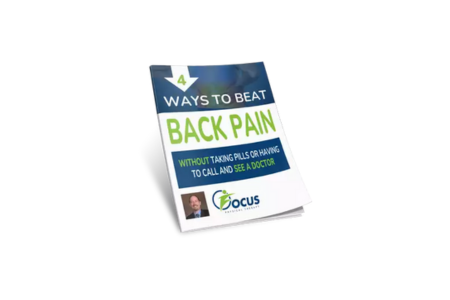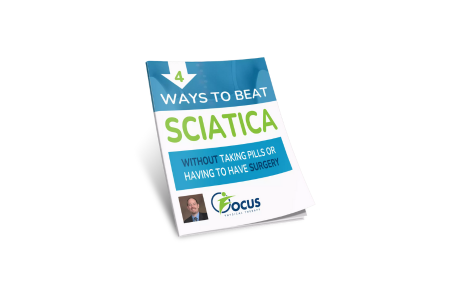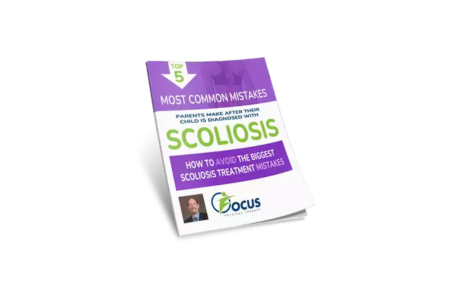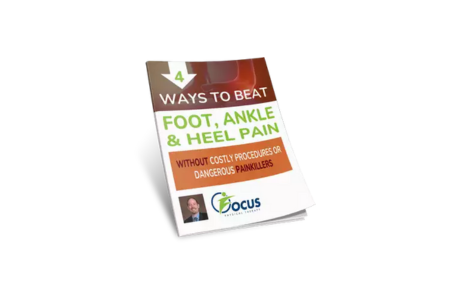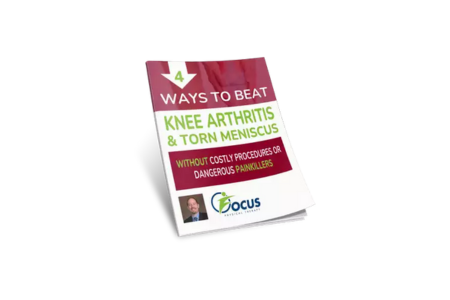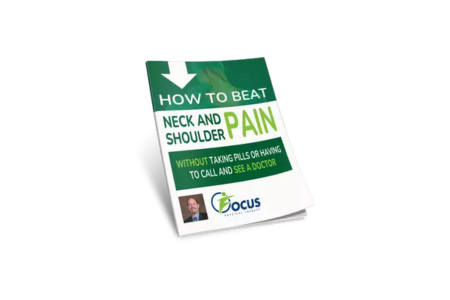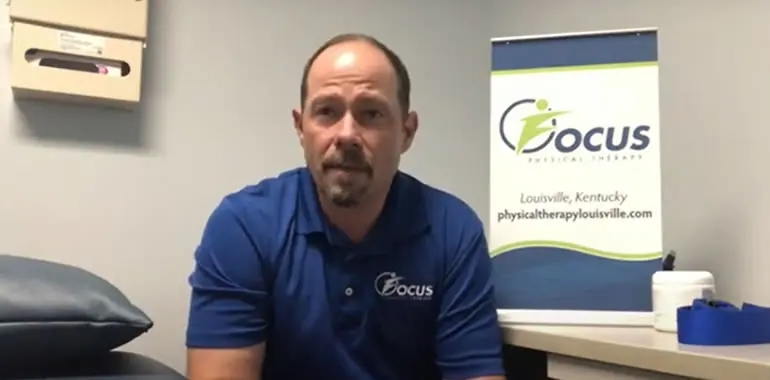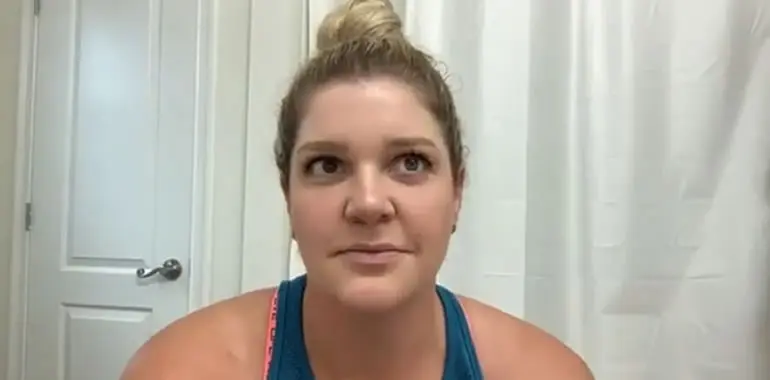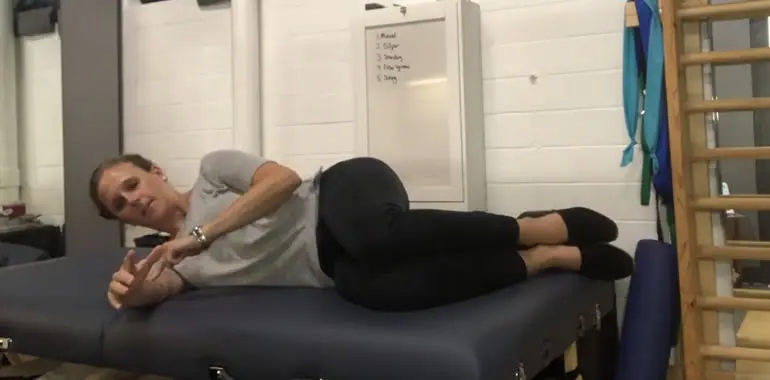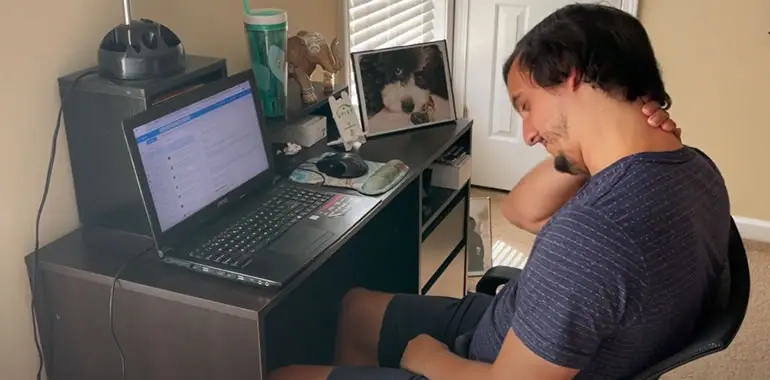How Can I Get Relief From Pain Caused By Spondylosis?
- Dr Brad Conder

Do you have neck pain that seems to be getting worse as you get older?
The medical condition spondylosis is primarily an age-related condition that impacts the disks and joints of the cervical spine of the neck (the upper part of the spine underneath the skull).
In physical therapy and the wider medical profession, cervical (neck) spondylosis is also called neck arthritis or cervical neck osteoarthritis.
Spondylosis most often occurs due to wear and tear and osteoarthritis as we age. However, there may be other reasons for it to occur.
Cervical (neck) spondylosis can often be asymptomatic and not cause any pain or discomfort. However, when symptoms do occur, they generally develop slowly over time and worsen with age.
In many patients, there are symptoms like stiffness and intense chronic pain, while others don’t experience any symptoms at all.
But even with symptoms, many people with spondylosis can still maintain their daily routines and activities, even though they have daily pain and discomfort.
This is obviously not ideal, and we would recommend physical therapy for anyone who is in daily pain. You don’t have to put up with it.
We diagnose cervical spondylosis by conducting a thorough physical examination and sometimes ordering tests like X-rays, CT scans, or MRIs.
We may also request a myelogram – to look at the spine or electromyography – to check the nerves.
The treatment for neck spondylosis depends on the intensity of the symptoms.
Often, doctors recommend painkillers and muscle relaxants. In case of severe symptoms, corticosteroid injections or surgery may be advised.
But the most effective first-line treatment for spondylosis (as with most complex pain conditions that don’t respond to conservative treatment) is physical therapy. Plus, prevention is always better than cure.
So, regular exercise, maintaining good posture and ergonomics at work, and avoiding smoking – along with physical therapy – can help prevent the condition from worsening.

What Causes Spondylosis?
- Any Neck Injury
- Keeping The Neck In An Improper Position For Extended Periods
- Repetitive Neck Movements
- Leading a Sedentary Lifestyle
- Obesity
- Smoking (damages the ligaments and joints)
- Genetic disposition due to family members with the same condition
We diagnose cervical spondylosis by conducting a thorough physical examination and sometimes ordering tests like X-rays, CT scans, or MRIs.
We may also request a myelogram – to look at the spine or electromyography – to check the nerves.
The treatment for neck spondylosis depends on the intensity of the symptoms.
Often, doctors recommend painkillers and muscle relaxants. In case of severe symptoms, corticosteroid injections or surgery may be advised.
But the most effective first-line treatment for spondylosis (as with most complex pain conditions that don’t respond to conservative treatment) is physical therapy. Plus, prevention is always better than cure.
So, regular exercise, maintaining good posture and ergonomics at work, and avoiding smoking – along with physical therapy – can help prevent the condition from worsening.
However, there is usually no single cause of spondylosis. Instead, it’s often a combination of factors. But here is a list of the most common causes of the condition that we see in the Focus PT clinic:
Aging
Aging is a high-risk factor for spondylosis. As we age, the cartilage and the neck’s bones undergo wear and tear that, over time, can cause cervical spondylosis.
The disks between the vertebrae become thin, and the joints and bones may become brittle. These changes are a normal part of aging. But the older we get, the higher the risk of developing cervical spondylosis becomes as the joints and ligaments deteriorate.
In addition, bone spurs, dehydration, and herniated disks are all more common in older adults.
But again, you don’t have to endure pain as you age. Practical lifestyle interventions and physical therapy all help to prevent age-related degeneration.
Other causes of spondylosis include:
Repeated Strain On The Neck
This could be due to poor posture while sitting, adopting the same posture for a long time, or engaging in activities that put pressure on the neck.

Bone Spurs
An overgrowth of bones known as bone spurs on the spine can cause pressure to build up in vital spinal areas like the nerves and spinal cord, leading to pain.
Dehydrated Spinal Discs
The cushion-like disks between the spinal bones serve as shock absorbers when we perform activities like twisting and lifting.
Unfortunately, the gel-like substance within the disks dries out as we grow older in age, which increases friction and makes it painful. This process can begin as early as your mid-thirties onwards and is called disc dehydration.
Herniated Discs
If the spine’s disks develop cracks, the internal gel material can leak and cause pressure on the nerves and spinal cord.
We call this a herniated disk. It can lead to numbness in the arm and pain that travels down your arm.
Injury
Any severe trauma to the neck region can lead to cervical spondylosis developing at any age and later in life, long after the initial injury.

Rheumatoid Arthritis
RA is an autoimmune disorder that can damage the cartilage and other tissues of the body, including those in the neck, causing spondylosis.
Spinal Stenosis
Spinal stenosis refers to a thinning or restriction of the space around the spinal cord, which puts pressure on the nerves and causes pain.
Stiffness In Ligaments
The cords that hold the spinal column bones to each other become tight and stiff with age, restricting the neck’s movement and making it painful.
Particular Occupations
Any profession or work that involves repetitive activity over extended periods can increase your chances of developing spondylosis.
For instance, carrying heavy weights can place excess pressure and increase the wear and tear on disks in the spinal column.
Other lifestyle-related activities where there is the risk of performing actions that cause injury or stress and strain on the neck can also contribute.

What Are The Symptoms Of Spondylosis?
The most common symptom of spondylosis is neck pain.
But while many people do not exhibit spondylosis symptoms, those with symptoms usually have mild to severe pain that can appear overnight or gradually over an extended period.
Other common symptoms of spondylosis are a pain in the shoulder blades or experiencing pain or tingling in the arm and fingers.
Plus, noticeable muscle weakness, making it hard to grasp anything firmly or lift the arms.
The pain associated with spondylosis may intensify with the following:
- Neck movements, especially backward
- Sitting Or Standing
- Coughing or Sneezing
A few other symptoms we see associated with spondylosis are:
- Headaches that originate from the neck and back of the head
- Stiffness in the neck that worsens with time
- Tingling or a numb sensation in the arms and shoulders, sometimes in the legs
*Rarer spondylosis symptoms are loss of bowel or bladder control or lack of balance. These severe symptoms need prompt investigation and urgent medical care.

How Physical Therapy Can Help With Spondylosis
Spondylosis symptoms can mimic other medical conditions and vice versa.
Therefore, you must see a physical therapist for a proper diagnosis if you think you may have spondylosis.
For instance, chronic pain in a specific pain pattern could be fibromyalgia and not spondylosis.
To find the root cause of YOUR pain, we conduct movement tests to locate the muscles, bones, and nerves contributing to and causing your pain.
How do we do this?
First, we examine your medical history and ask questions about your symptoms.
Then we check your reflexes, examining muscle or sensory deficits and your current range of motion in your neck.
We might ask you to walk to observe whether excess pressure is being placed on your spinal cord and nerves for any reason.
We may recommend specific nerve and imaging tests to confirm our diagnosis if we suspect spondylosis.
We might recommend a CT scan to get a detailed picture of your neck, an MRI scan to look for “pinched nerves,” or an X-ray to pinpoint abnormalities like bone spurs. We may also want to check the electrical activity of your nerves using an EMG (electromyogram).

When we treat spondylosis, treatment aims to prevent further damage and relieve pain and other symptoms to improve your quality of life and allow you to resume your normal activities.
In our experience, most patients respond well to physical therapy – without pain pills, muscle relaxants, or steroid injections.
Instead, we improve your symptoms and prevent progression by teaching you to maintain a good posture while sitting, standing, and sleeping.
We also recommend specific exercises and stretches for you to do to strengthen the muscles and improve flexibility.
The final option may be surgery when spondylosis is chronic and does not respond to conventional treatments.
Spondylosis surgery may include the removal of bone abnormalities like a herniated disk or bone spurs to make more space for the nerves and spinal cord.
However, surgery for cervical spondylosis is only recommended in severe cases.
Surgery risks involve bleeding, infection, and adverse reactions to anesthesia. There is also a chance that the symptoms might not be relieved after surgery.
Hence, seeking a second opinion and trying physical therapy before opting for surgery for spondylosis is essential.
You can book a FREE Discovery Visit at Focus PT.
You will leave your discovery visit knowing exactly what is wrong and you will get a taster of how physical therapy works.
Our specialist team of physical therapists look forward to welcoming you into our clinic.
In the meantime you can download our FREE guide “How To Beat Neck And Shoulder Pain, Without Taking Pills Or Having To Call Or See A Doctor”.
"Tell Us Where It Hurts..."
And We’ll Send You Our Best Advice And Top Tips In One Special Report...
It’s FREE! Just Look Below And Find The One That Works Best For You...

